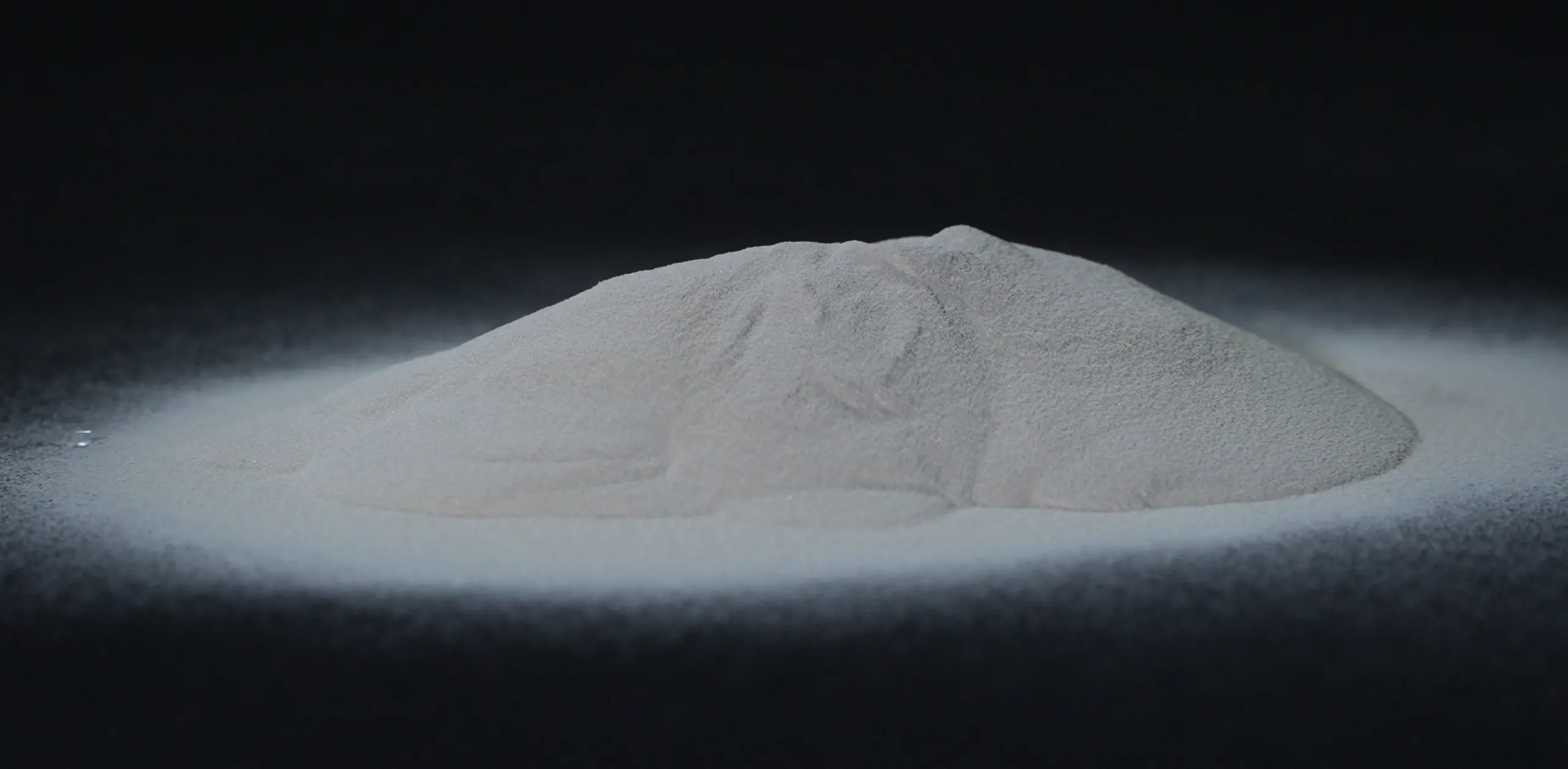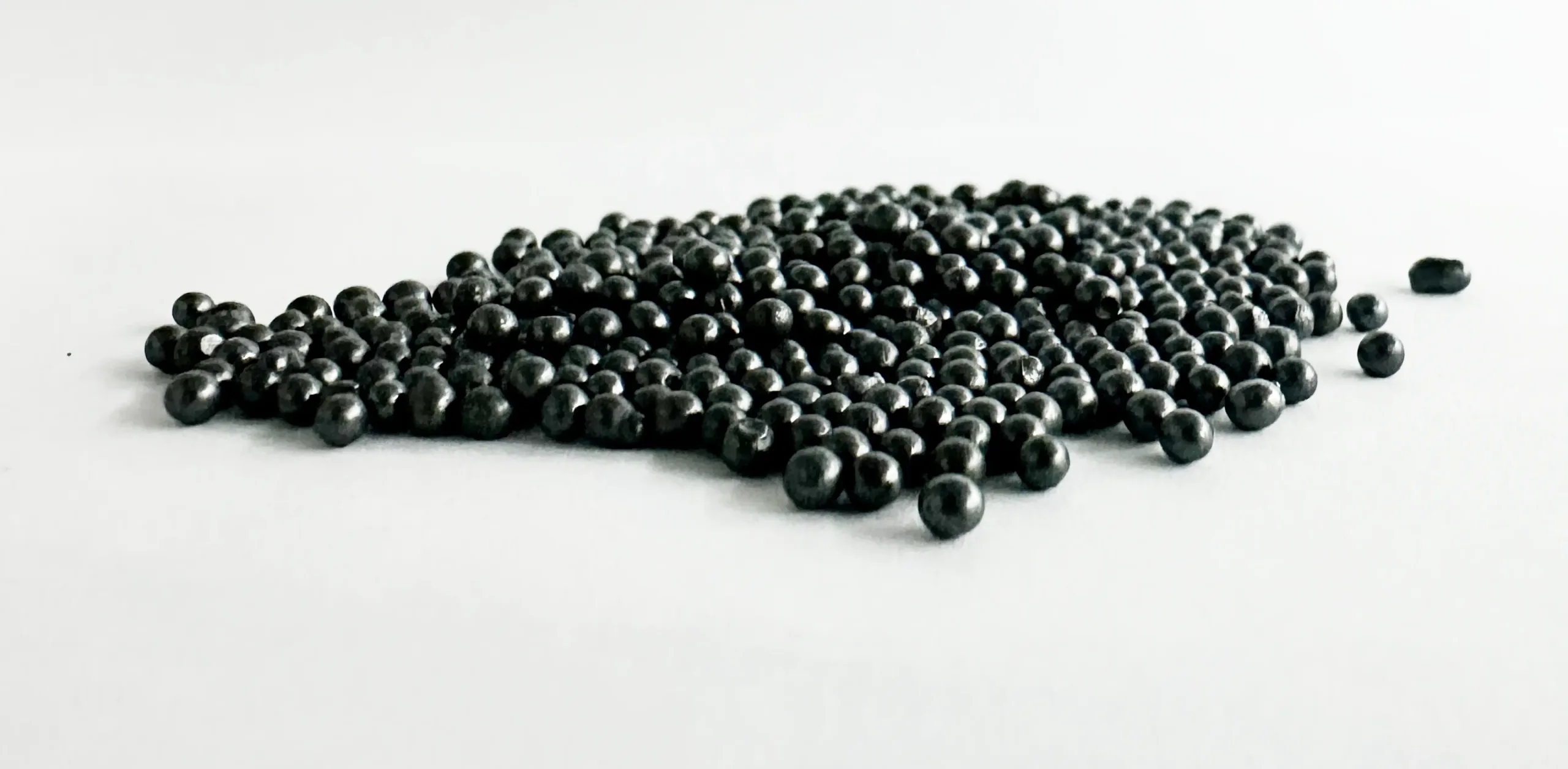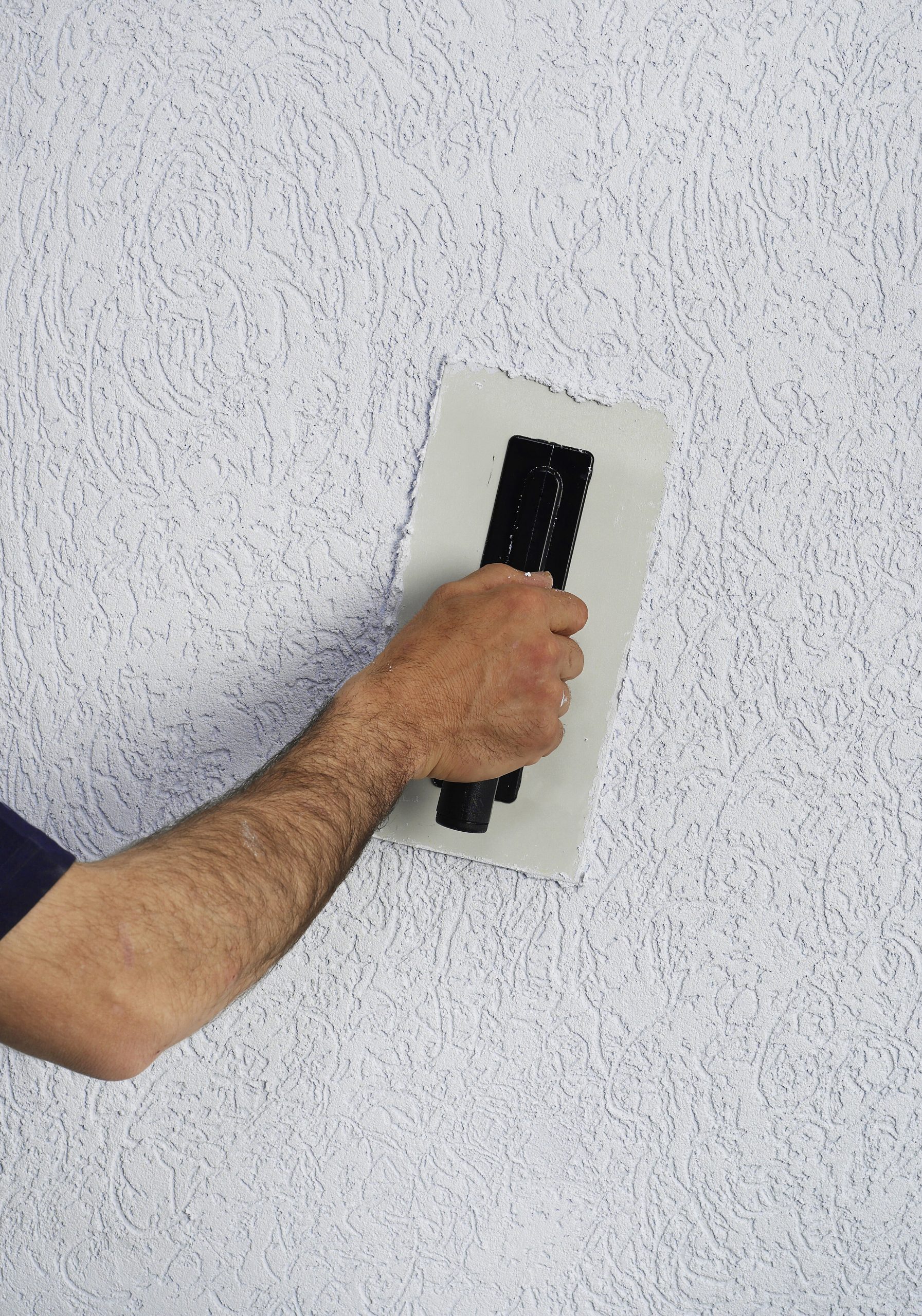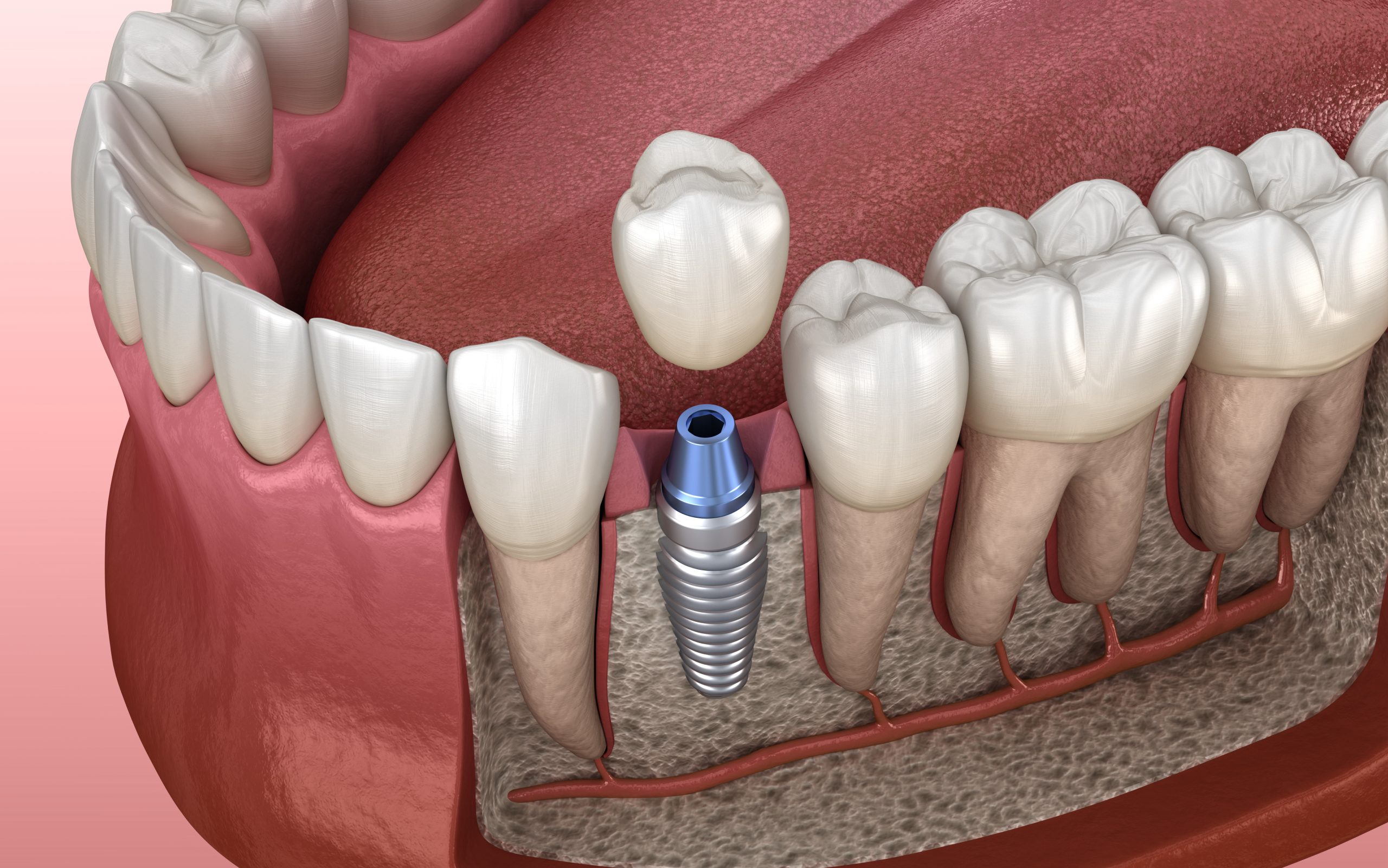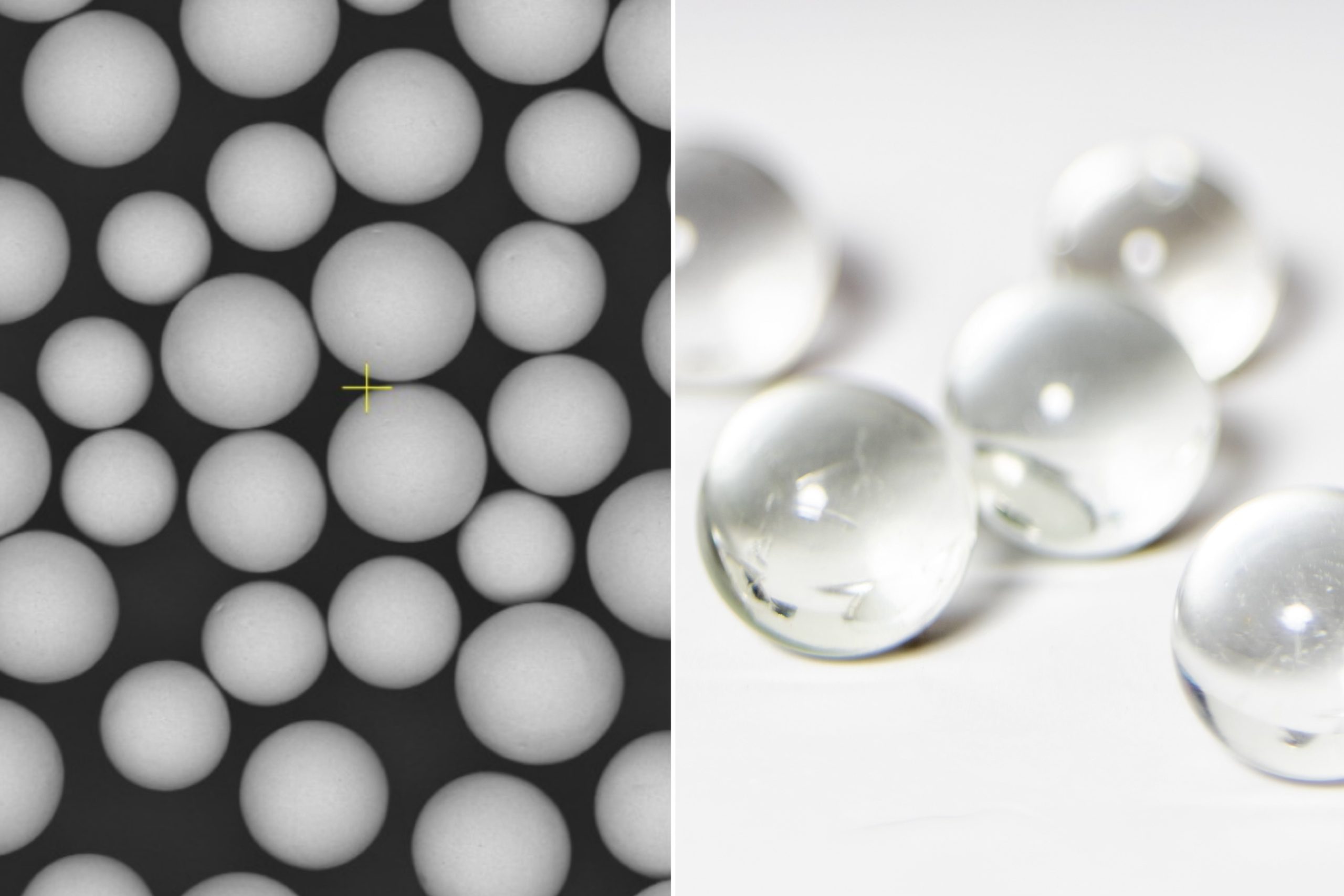October 30, 2024
Have you ever wondered what the rapid development of the photovoltaic solar industry means for our future? In the tide of global energy transformation, the importance of solar energy as a clean and renewable energy source cannot be ignored. However, faced with the decline in efficiency caused by surface contamination, how can the optimal performance of photovoltaic panels be ensured? This article will reveal the secrets behind the photovoltaic industry, explore the impact of surface cleaning on solar cell efficiency, and how different clean technologies can improve power generation capacity and economic benefits.

Importance of the Photovoltaic Solar Industry
Key to Energy Transformation
The photovoltaic solar industry has become important in promoting energy transformation in today’s global energy landscape. Photovoltaic effect technology uses semiconductor materials to convert solar energy directly into electrical energy without the need for traditional combustion processes. Thus, it does not produce greenhouse gas emissions such as carbon dioxide, which directly meets countries’ needs to address climate change.
The International Energy Agency (IEA) pointed out that as the world transitions to clean energy, the contribution of photovoltaic power generation is gradually expanding, and it is expected to become the mainstay of electricity sources in the future. Especially in the European Union, the United States, and China, photovoltaic power generation has received dual support from policies and funds to meet the carbon neutrality goals set by various countries.
Market size
The market growth of the photovoltaic solar industry is very significant. According to statistics, the global photovoltaic installed capacity has maintained a high annual growth rate. In 2023, the global photovoltaic installed capacity has exceeded 200GW, and it is expected to continue to rise in the next few years.
The report of the International Renewable Energy Agency (IRENA) pointed out that the total installed capacity of global photovoltaics is expected to exceed 5,000 GW in 2030, which undoubtedly demonstrates the huge development potential of the photovoltaic market. This trend is not limited to a few developed countries. Many emerging markets and developing countries are also increasing their investment in the photovoltaic industry. For example, India and Brazil have even faster growth in their photovoltaic markets. [1]
However, the rapid development of the photovoltaic industry also faces some challenges. For example, the limited resources, environmental impact, technical bottlenecks, and high cost of daily maintenance in the production of photovoltaic panels, especially in areas with severe dust and pollution, have a great impact on the efficiency and service life of photovoltaic panels.
Therefore, how to maintain the efficient operation of photovoltaic panels has become a key issue in the development of the photovoltaic industry, and surface cleaning is an important maintenance method to ensure the power generation efficiency of photovoltaic systems and extend the life of the equipment.
Effect of surface cleaning on solar cell efficiency
Reasons for reduced efficiency
Photovoltaic panels are susceptible to various pollutants during actual operation, especially in open environments. Dust, dirt, scale, resin, and bird droppings can all be deposited on the panel surface. Since the photoelectric conversion efficiency of photovoltaic cells is highly dependent on the intensity of incident light, these pollutants can prevent sunlight from reaching the panel, thereby reducing its photoelectric conversion efficiency. According to multiple studies, surface contamination can significantly affect the energy output of photovoltaic panels. Even in areas with heavy dust, the power generation efficiency of photovoltaic panels can be reduced by up to 30% if they are not cleaned regularly.
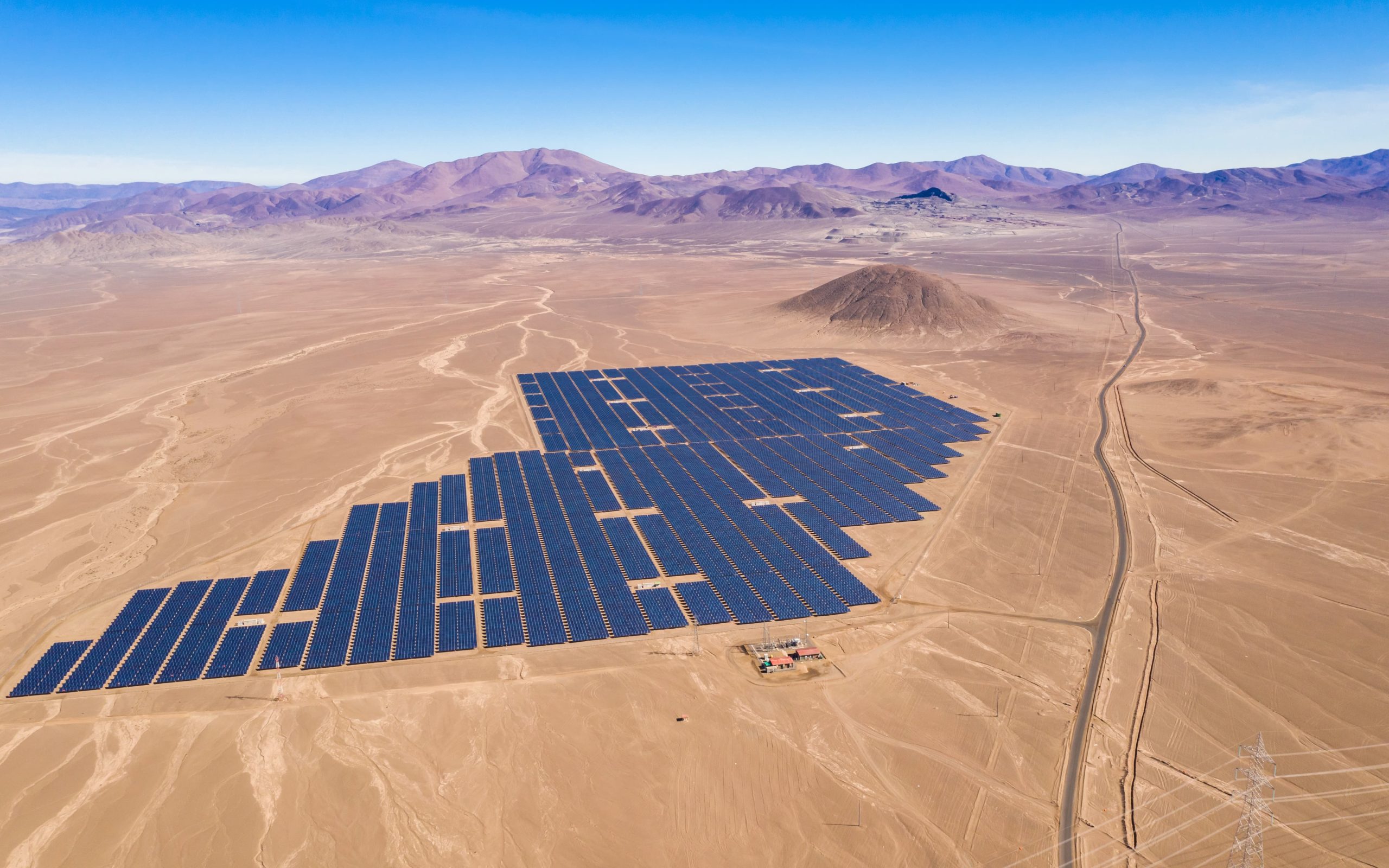
Photovoltaic panels in the desert
Efficiency improvement cases
According to statistics from some solar power plants in California, regular cleaning has increased the energy output of photovoltaic panels by about 15%. Other studies have also shown that in highly polluted environments, the power generation efficiency of photovoltaic panels after cleaning is more significant, sometimes up to 20%. Especially in dusty areas such as the Middle East or North Africa, companies usually use automatic cleaning systems or manual cleaning to ensure that the power generation performance of the photovoltaic system is not affected by pollutants. [2]
In addition, the choice of cleaning cycle and method is also key to improving the efficiency of photovoltaic panels. Some power stations regularly use sandblasting cleaning technology with fine particles to help remove difficult-to-handle dirt and resin, especially when chemical cleaning is difficult to completely remove. This type of non-destructive cleaning method effectively improves cleaning efficiency and ensures the long-term use of the panel.
Different pollutants
Photovoltaic panels are affected by various types of pollutants in different geographical environments, and the sources and characteristics of these pollutants vary. Specifically, dust, bird droppings, and resin are the three most common sources of pollution, which not only affect the photovoltaic conversion efficiency of the panel but may also damage the panel material.
- Dust
Source: The source of dust is mostly suspended particles in the air, which naturally settle on the surface of the photovoltaic panel under the action of gravity. Dust pollution is particularly serious in areas with strong winds and sand, such as the Middle East or North Africa.
Harm: Dust coverage reduces the transmittance of sunlight, resulting in the inability of sunlight to effectively reach the active surface of the battery, which directly affects the photovoltaic conversion efficiency of the battery. In addition, the long-term accumulation of dust particles may also cause a more serious shielding effect, causing local overheating of the battery, and affecting its overall performance and service life.
- Bird droppings
Source: Bird droppings mainly come from birds that live near photovoltaic panels. They excrete on the surface of the panels, especially in large-scale power stations in outdoor environments. Bird droppings are very common.
Harm: Bird droppings are not only sticky, but the acidic components in them may corrode the surface materials of photovoltaic panels. This corrosion will affect the optical properties of the panel and further reduce the light transmittance. At the same time, bird droppings are difficult to clean up, and if they are not cleaned up in time, they may cause permanent damage to the panel.
- Resin
Source: Resin pollution usually occurs in an environment with trees near photovoltaic power stations. The resin secreted by the surrounding trees falls on the panel under the action of the wind, forming adhesions.
Harm: The resin is very sticky and is easy to adhere firmly to the surface of the photovoltaic panel, blocking the sunlight and difficult to remove. Even with general cleaning methods, it is impossible to completely clean the resin stains. In addition, the resin staying on the panel for a long time may cause local shading, further reducing the photoelectric conversion efficiency of the battery.
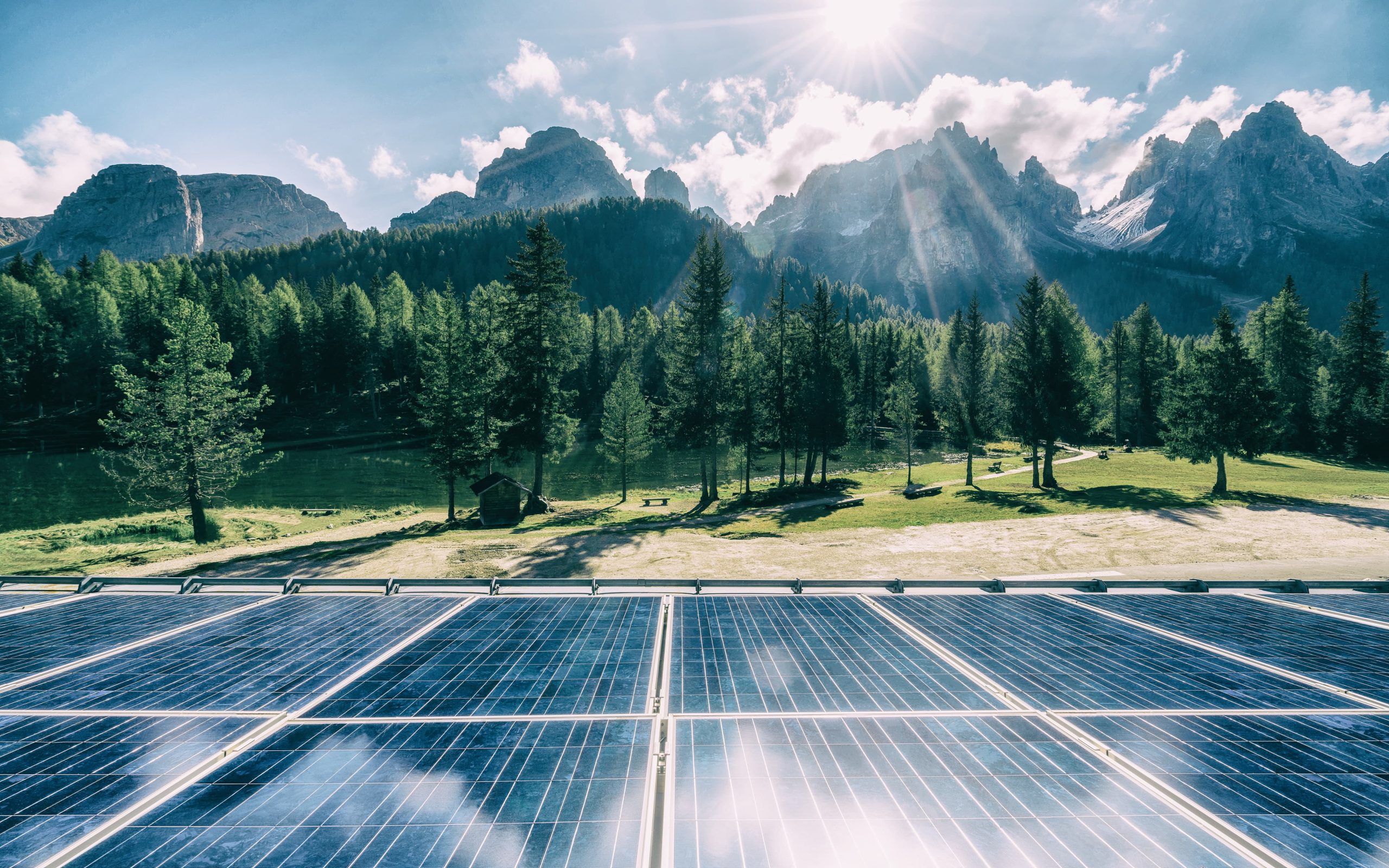
Environments close to woods are prone to blowing resin
Application of cleaning technology
With the rapid development of the photovoltaic industry, the importance of various cleaning technologies in the maintenance of photovoltaic panels has become increasingly prominent. According to different pollutants and panel characteristics, choosing the right cleaning method can not only improve the efficiency of the panel but also extend its service life. Here are several commonly used cleaning technologies.
- Dry cleaning technology
Dry cleaning technology mainly relies on air power or physical methods to remove surface pollutants. It is a cleaning method that does not require water resources. Dry cleaning is mainly suitable for areas with light dust coverage. It has high cleaning efficiency, but for more stubborn pollutants such as bird droppings and resins, the cleaning effect is relatively limited.
Common equipment and methods:
- Blowing equipment: Use air compressors or special blowing equipment to blow directly on the panel surface to remove floating dust.
- Dry sandblasting equipment: For large-area panel arrays, dry sandblasting equipment can be used with soft sandblasting media such as glass beads and fine ceramic beads to clean dust and keep the surface smooth.
Pros and Cons:
- Advantages: Waterless cleaning, suitable for water-deficient environments and areas with light dust.
- Disadvantages: Cannot remove stubborn pollution, and requires appropriate regular maintenance.
- Wet cleaning technology
Wet cleaning technology is an effective cleaning method for serious stains. It combines water and detergent and is suitable for stubborn pollutants such as bird droppings and resins. When wet cleaning is performed under strong sunlight, attention should be paid to the drying speed of water stains to prevent the scale from being left.
Common equipment and methods:
- High-pressure water gun: Use appropriate water pressure to impact the surface to quickly remove large areas of stubborn stains, such as bird droppings or thick layers of dust.
- Soft brush + detergent combination: Use neutral detergent and soft brush for manual cleaning to remove special pollutants such as resin and oil, but it is suitable for small-scale photovoltaic panel cleaning.
Pros and Cons:
- Advantages: It can thoroughly clean stubborn stains and improve the power generation efficiency of photovoltaic panels.
- Disadvantages: It uses a large amount of water and is suitable for areas with abundant water resources.
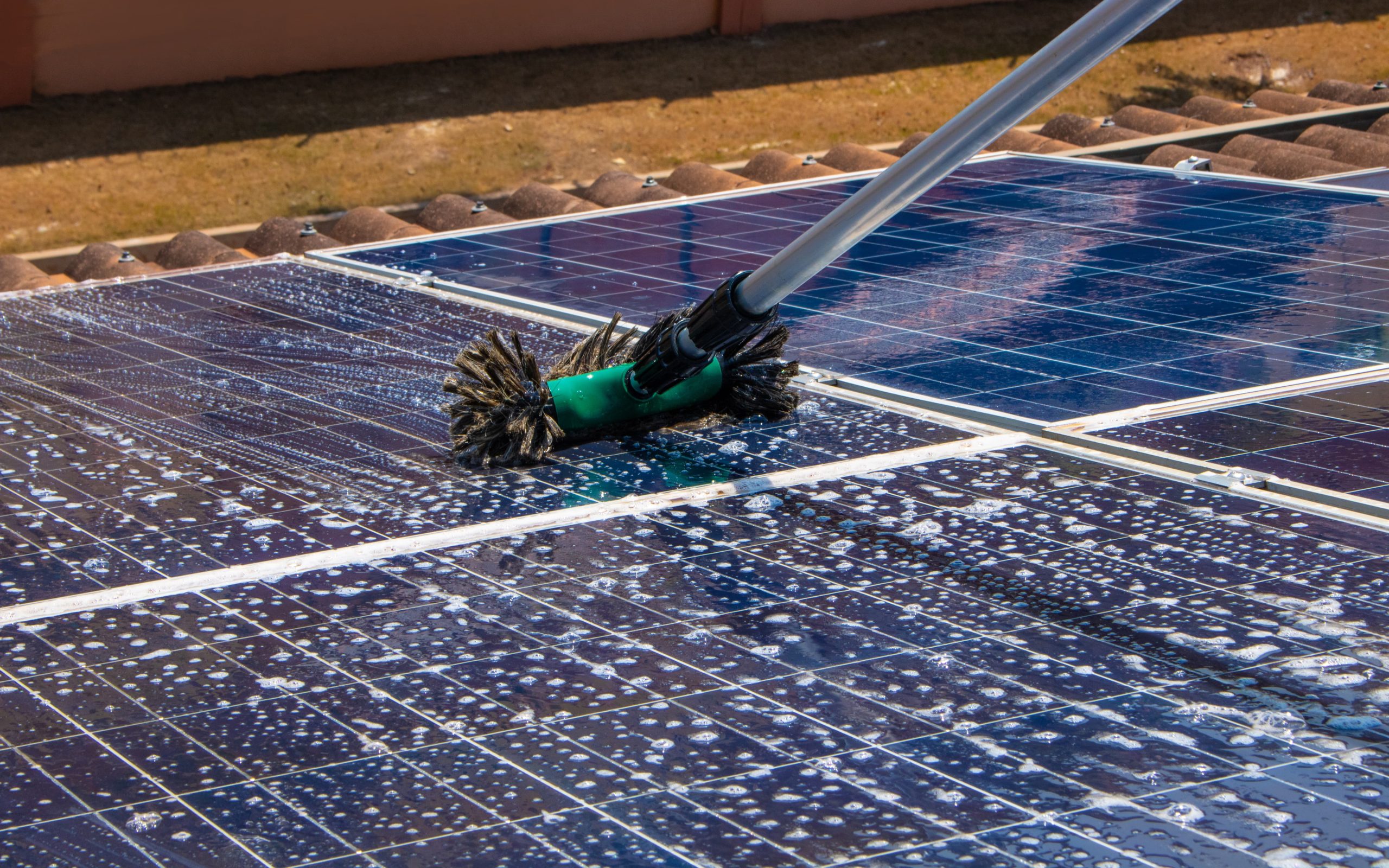
Soft brush + detergent combination
- Automatic cleaning system
Automated cleaning systems have gradually been applied to large-scale photovoltaic power stations. Such systems use automatic brushes or blowers installed on photovoltaic panels to achieve regular cleaning operations. Many automatic cleaning devices combine dry and wet cleaning functions and can automatically adjust the cleaning method according to the degree of contamination.
Common equipment and methods:
- Automated roller brush: Use a soft roller brush to clean the panel surface, and adjust the cleaning frequency in combination with an intelligent sensing system to avoid the loss of consumables caused by repeated cleaning.
- Intelligent robot with built-in sandblasting device: Some high-end systems are equipped with an automatic sandblasting function, which can automatically identify the type of contamination and spray suitable sand media, such as nylon particles or aluminum oxide sand, to ensure fine cleaning.
Pros and Cons:
- Advantages: High degree of automation, suitable for large-scale operation, and saving labor costs.
- Disadvantages: High initial investment, and requires regular maintenance and consumable replacement.
Actual processing case [3]
The composition of pollutants on photovoltaic panels is complex. To improve the photovoltaic conversion efficiency of the panel, it is particularly important to adopt appropriate cleaning strategies based on the characteristics of different pollutants. Combined with sandblasting technology, cleaning strategies for different pollutants can greatly improve the cleaning efficiency and effect of photovoltaic panels.
Dust
- Cleaning strategy: For mild dust pollution, dry cleaning methods are usually used, such as using a soft brush or a blower to remove surface dust. This method is simple to operate, low-cost, and suitable for daily maintenance. However, for cases with severe dust accumulation, dry cleaning may be difficult to completely remove, and more targeted treatment methods are required.
- Sandblasting case: Dust problems are particularly prominent in some large-scale photovoltaic power plants. To quickly and efficiently clean dust, low-pressure sandblasting can be used, and soft sand particles such as glass beads or ceramic beads can be sprayed on the panel surface at a lower pressure. Glass beads have good wear resistance and are suitable for light cleaning, while ceramic beads are composed of zirconium materials, which are harder but will not scratch the surface. These media can effectively remove large areas of dust accumulation and protect the panel surface from damage. In addition, the use of sandblasting cleaning also reduces dependence on water resources, making it a more environmentally friendly solution.
Guano
- Cleaning strategy: Due to the strong viscosity and corrosiveness of bird droppings, wet cleaning is usually used. First, soak the bird droppings with clean water to soften their sticky components, and then use a mild detergent to further clean them to ensure that the panel surface is not damaged.
- Sandblasting case: For stubborn bird droppings, micro-sandblasting technology can be used for treatment after high-pressure water gun cleaning. The sandblasting media can be ultrafine aluminum oxide or fine ceramic sand. Aluminum oxide sandblasting particles are durable and chemically inert, suitable for treating organic residues, while ceramic sand can remove residues and avoid surface corrosion at low pressure due to its uniformity and smoothness. In addition, sandblasting can extend the service life of photovoltaic panels and keep them clean for a long time.
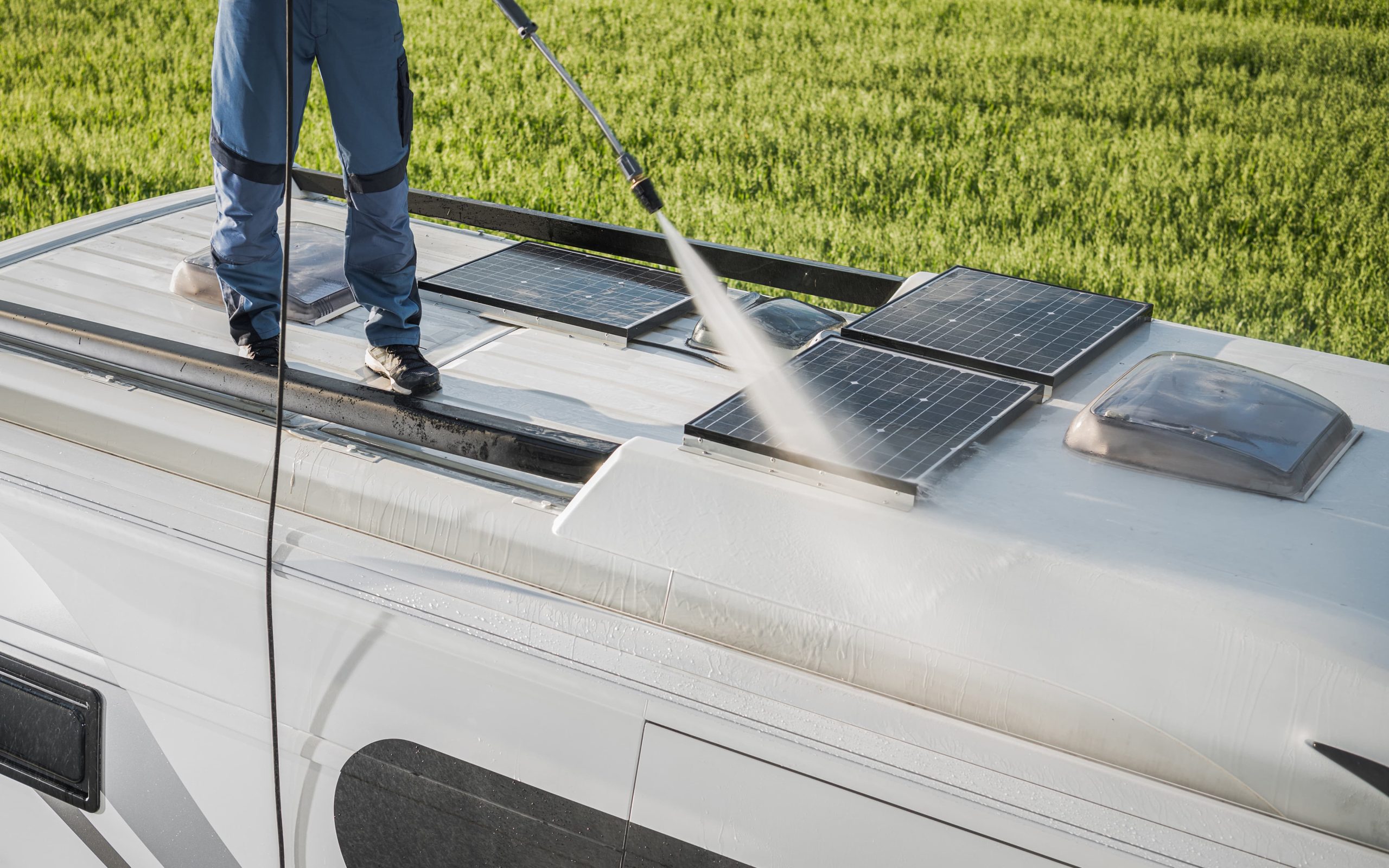
Proper water pressure shock
Resin
- Cleaning strategy: Cleaning resin contamination is more complicated. You can first use organic solvents to soften the resin, and then wash it with an appropriate amount of water to ensure that the resin residue is completely removed. Note! The selection of organic solvents should be safe and environmentally friendly to avoid side effects on panel materials.
- Sandblasting case: When the resin contamination is serious and difficult to remove by conventional cleaning methods, sandblasting technology can be used, and nylon polyamide sandblasting media or polystyrene particles can be selected to control the sandblasting pressure for local cleaning. Nylon polyamide particles have relatively low hardness and are suitable for sandblasting of sensitive materials. Polystyrene particles can effectively remove sticky residues when cleaning resin contaminants without causing unnecessary friction damage to the surface. After sandblasting, the panel surface needs to be further inspected and cleaned to remove potential residual sand particles to ensure that the optical performance of the panel is not affected.
Economic and environmental benefits
Cleaning photovoltaic panels can not only improve their photoelectric conversion efficiency but also help achieve sustainable economic and environmental benefits. With the popularization of photovoltaic technology, more and more studies and cases have proved that regular cleaning is essential for the long-term operation and maintenance of photovoltaic power stations.
Economic benefits
- Improve power generation efficiency: When photovoltaic panels are used for a long time, surface contamination will directly affect their photoelectric conversion efficiency. According to research, regular cleaning can increase the power generation of photovoltaic power stations by 5% to 20%. Under the investment cost ranging from 5% to 20%, higher economic returns can be achieved by increasing energy output.
- Reduce maintenance costs: Although cleaning photovoltaic panels requires a certain amount of cost investment, in the long run, cleaning can effectively extend the service life of the panels and reduce the frequency of failures and repairs. Through effective cleaning and maintenance, downtime losses and maintenance costs caused by equipment failures can be reduced, thereby improving the economic benefits of the entire photovoltaic system.
- Increase power generation: The economic value of a photovoltaic power plant is usually determined by power generation and operating costs. Cleaning measures can significantly increase power generation and correspondingly improve the return on investment (ROI). For example, after implementing regular cleaning, the ROI of some projects has increased significantly by 8% to 12%. [4]
Environmental impact
Traditional cleaning methods often rely on large amounts of water resources, especially in dry areas. The use of environmentally friendly cleaning technologies, such as dry cleaning or low-water cleaning technologies, can significantly reduce the use of water resources, meeting the requirements of water conservation and sustainable development. At the same time, the use of biodegradable cleaning agents can reduce the burden on the environment.
- Reduce pollutant emissions: Cleaning photovoltaic panels can reduce energy efficiency and thus reduce overall carbon emissions. In the context of reducing dependence on fossil fuels, cleaning photovoltaic panels has become an important measure to support the development of renewable energy and reduce greenhouse gas emissions.
- Eco-friendly: Adopting harmless cleaning materials and methods, is not only beneficial to the overall environment but also protects the surrounding ecological environment. For example, many photovoltaic power plants now use environmentally friendly cleaning agents that do not pollute soil and water sources and meet eco-friendly requirements.
In the rapid development of the photovoltaic industry, the effective application of clean technology not only improves the power generation efficiency of photovoltaic panels but also provides strong support for the long-term economic benefits and environmental protection of power stations. By rationally selecting cleaning methods and materials, power station operators can not only benefit economically but also establish a good image in environmental protection and promote the comprehensive development of sustainable energy.
References
- “Global Solar Energy Market 2024: Future Trends,” Energy Research.
- “Trends in the Global Photovoltaic Market,” International Renewable Energy Agency (IRENA).
- “Impact of Dust on Solar Panel Efficiency: A Case Study,” Energy Journal.
- “Cleaning Methods for Solar Panels: Effectiveness and Efficiency,” Renewable Energy Reviews.




